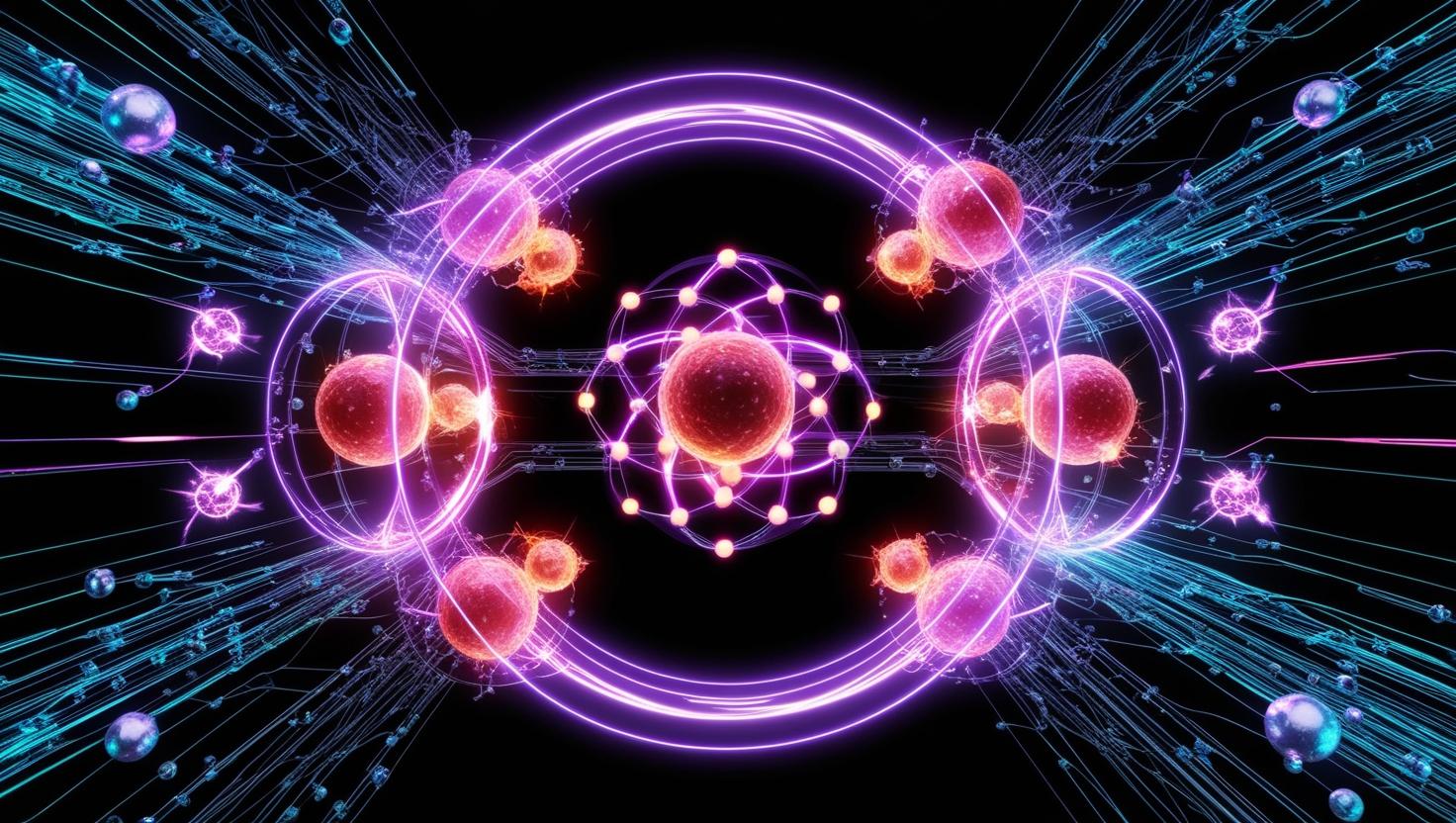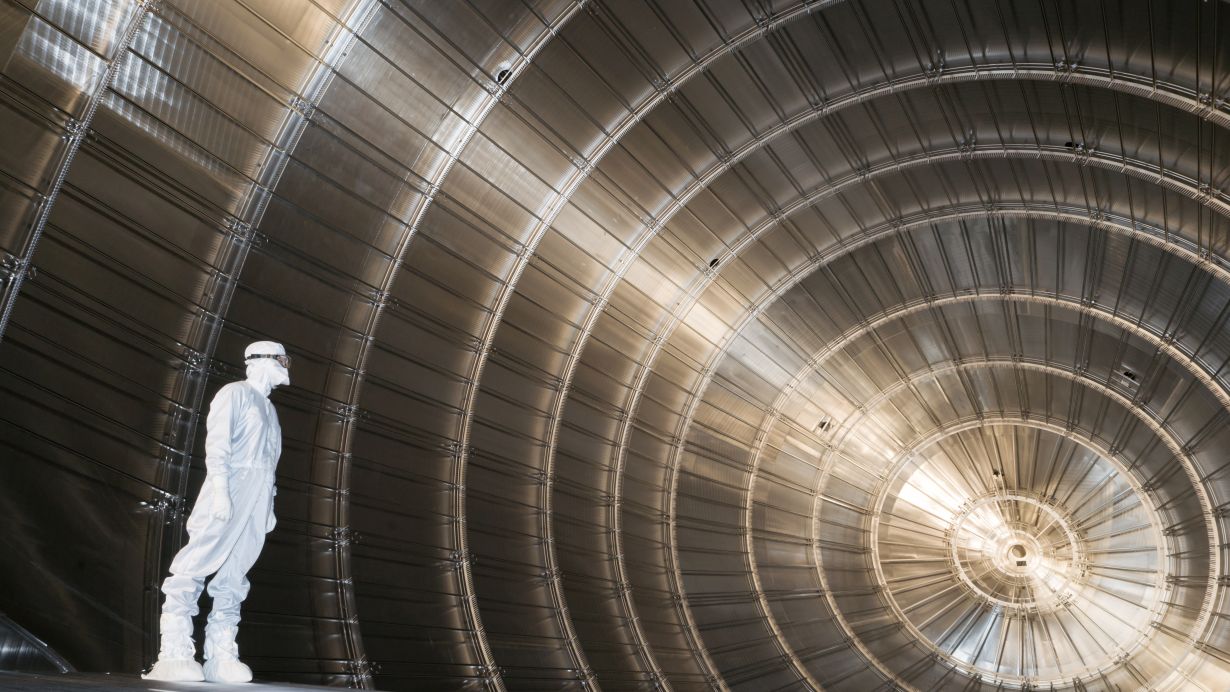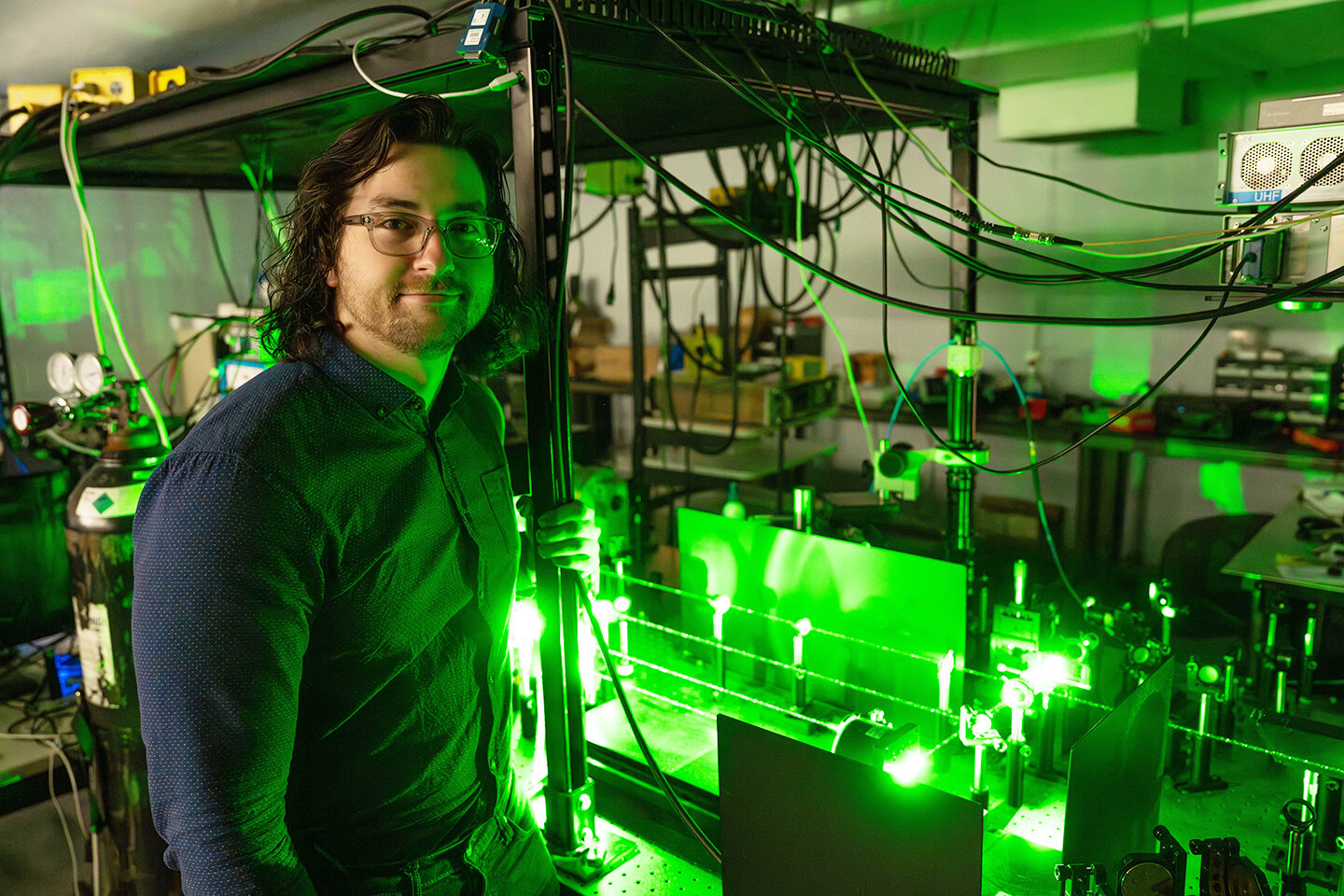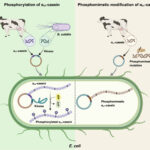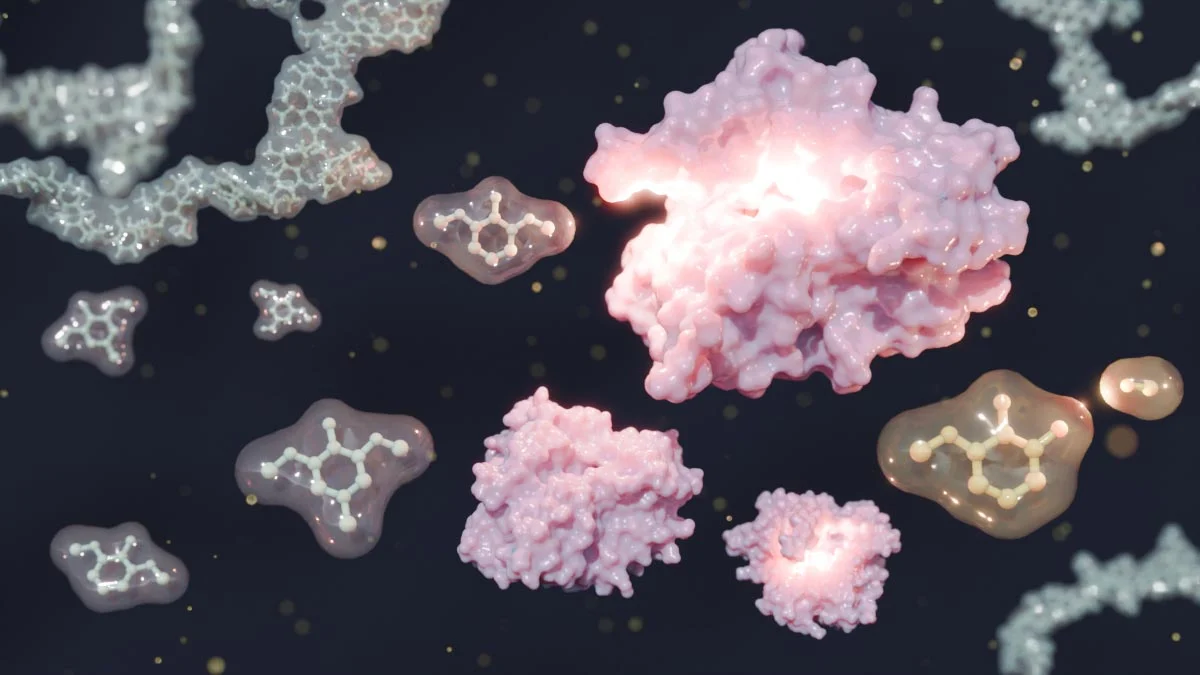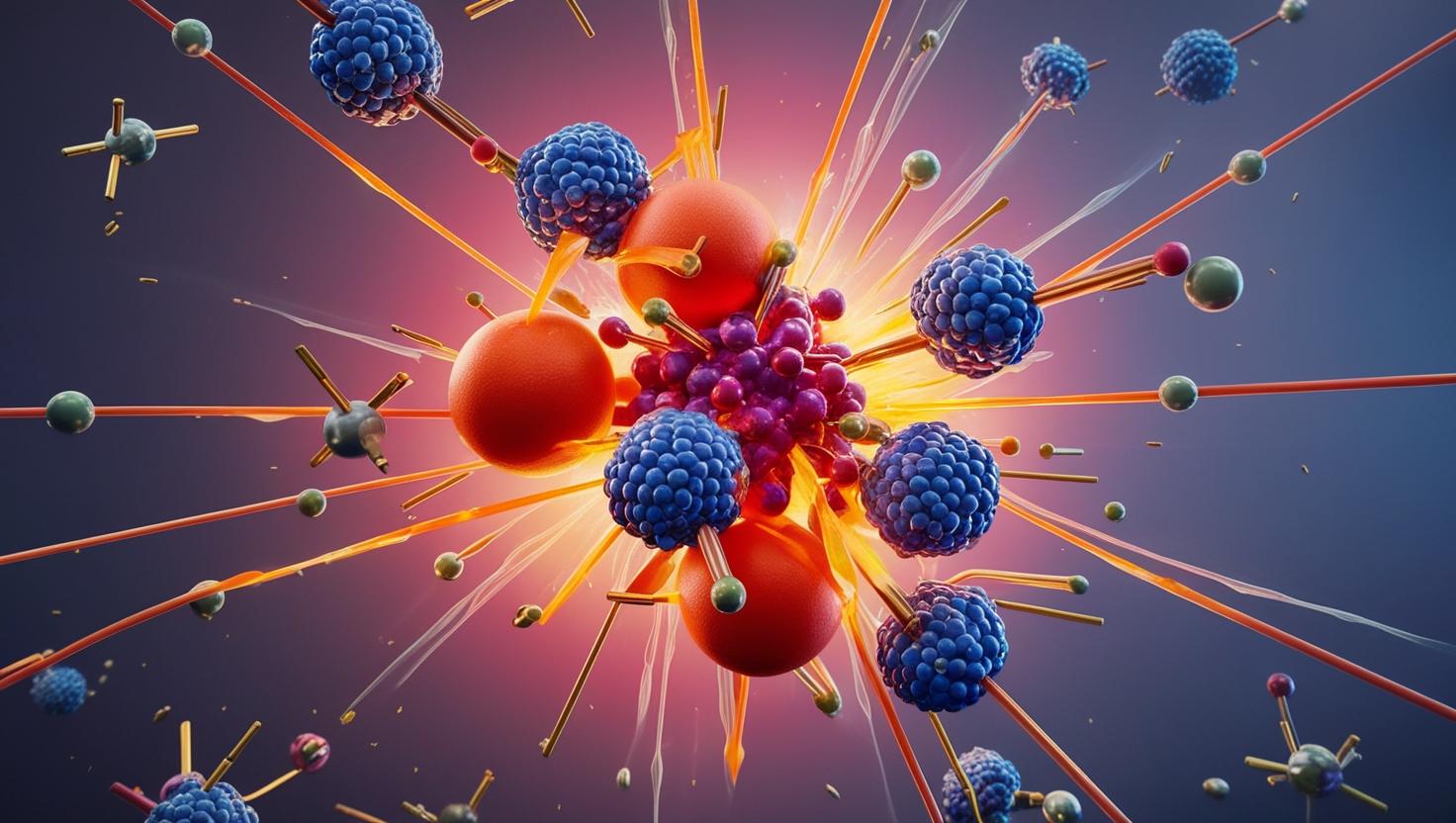Credit: The Journal of Physical Chemistry Letters (2025). DOI: 10.1021/acs.jpclett.5c00605
The Power of a Billion Atoms
What if we could trap carbon dioxide inside the very concrete we build our cities with? A new artificial intelligence model from the University of Southern California just made that idea far more plausible. Called Allegro-FM, this AI system can simulate how billions of atoms interact—offering a leap forward in designing materials that could be stronger, longer-lasting, and even environmentally friendly.
Published in The Journal of Physical Chemistry Letters, the research shows how AI could be key in solving one of the dirtiest problems in climate science: the carbon footprint of concrete. That’s no small feat—concrete production currently accounts for nearly 8% of global CO₂ emissions.
A Smarter Way to Build
After wildfires hit Los Angeles in January, USC computer scientist Aiichiro Nakano and chemical engineer Ken-Ichi Nomura began rethinking concrete. Their answer: an AI-powered model capable of simulating atomic-scale chemistry at an unprecedented scale. The result, Allegro-FM, allows scientists to test materials virtually before conducting expensive lab work.
To give a sense of scale, previous models could only handle millions of atoms. Allegro-FM? Over four billion atoms, simulated at once, with 97.5% efficiency on the Aurora supercomputer. That’s a thousand-fold improvement—akin to upgrading from a typewriter to a quantum computer overnight.
Carbon-Neutral Concrete Is Real—In Theory
The most remarkable part? Allegro-FM doesn’t just simulate existing concrete. It predicts versions that could be carbon-neutral. By reinserting CO₂ into the concrete mix, the emissions from production could be neutralized. It’s like turning a polluter into a carbon sponge.
“You can just put the CO₂ inside the concrete,” said Nakano. “That makes a carbon-neutral concrete.”
This process, known as CO₂ sequestration, could transform how cities handle climate responsibility. It also boosts durability. According to the researchers, this approach could extend concrete’s lifespan well beyond the typical 100 years—perhaps even rivaling ancient Roman concrete, which has endured for over two millennia.
Internal Link: Exploring Carbon Capture
Carbon capture isn’t limited to building materials. See how it applies to oceans in our article: Scientists Explore Oceans as Giant CO₂ Sponges.
The Bigger Picture: A Periodic Table in Motion
Allegro-FM supports 89 elements across the periodic table—meaning it can simulate vastly different materials, from concrete to pharmaceuticals, without switching models. This flexibility opens the door to applications far beyond construction, including climate tech, energy storage, and even drug design.
As Nomura put it, “Traditionally, we didn’t have a way to simulate phenomena involving complex materials like concrete. Now we do.”
From Equations to Intuition
Before Allegro-FM, researchers had to solve complex quantum mechanics equations for every new element or molecule—a slow and resource-intensive process. Now, with machine learning, the AI trains on datasets of atomic interactions and builds generalizable models. This shift lets the team achieve quantum-level precision with dramatically fewer computing resources.
Think of it like teaching a jazz musician to improvise rather than forcing them to read sheet music for every note. The AI understands the rhythm of atoms, allowing it to predict interactions with elegance and speed.
Next Steps: From Simulation to Construction
The USC team isn’t stopping here. “We’ll continue this research, adding more complex geometries and surfaces,” said Nomura. The ultimate goal? A real-world, carbon-neutral concrete mix guided by atomic-level insights.
This is science not just predicting the future, but actively building it.
Read the Full Study
DOI: 10.1021/acs.jpclett.5c00605
Join the Conversation
Could AI like Allegro-FM reshape how we build everything from homes to highways? Let us know what you think in the comments, share this article, and check out our latest post on From Carbon Waste to Construction Gold: A New Era in Sustainable Building


